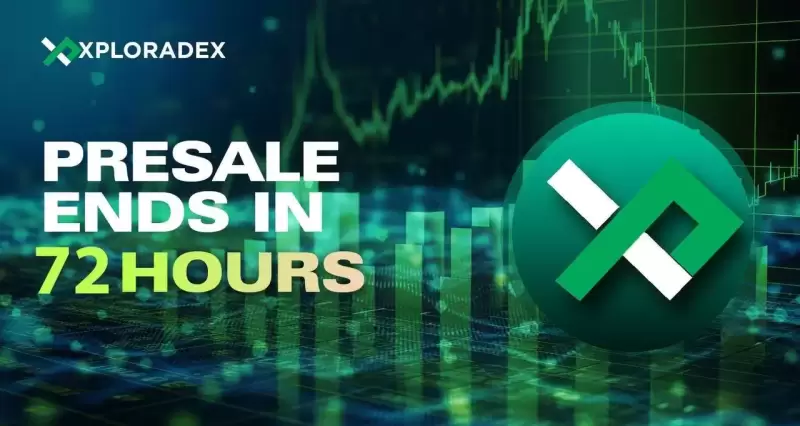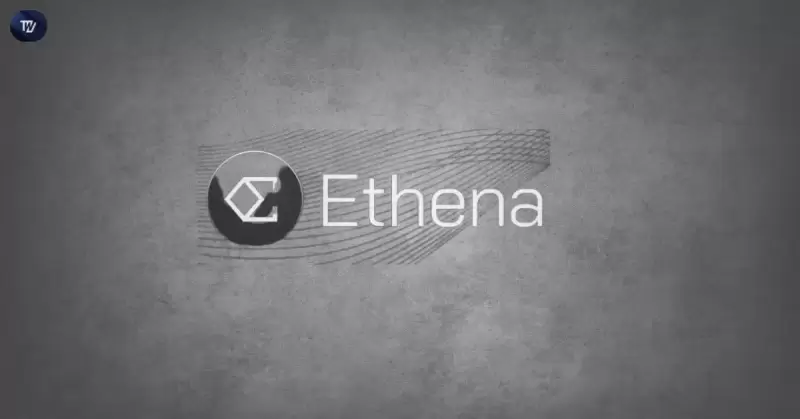 |
|
 |
|
 |
|
 |
|
 |
|
 |
|
 |
|
 |
|
 |
|
 |
|
 |
|
 |
|
 |
|
 |
|
 |
|
Cryptocurrency News Articles
Fascinated to Learn How Asset Tokenization Works and What Future Opportunities Await?
Apr 18, 2025 at 01:23 am
In our guide, we take you through how the technology works, how people have profited from it, and the prevailing trends.

Fascinated to learn about how asset tokenization works and what future opportunities lie in wait for it? In our guide, we take you through how the technology works, how people have profited from it, and the prevailing trends.
A busy Italian painter in Florence hums softly as Black Mirror plays in the background while she works on transforming masterpieces into decentralized digital assets.
Each fragment, a token on a blockchain, finds a home in faraway cities like Tokyo, Toronto, and Eureka. For this artist, geography poses no barrier as her art can skip borders in seconds, and her sales revenue promptly floods in.
That is the vision behind asset tokenization, a decentralized finance (DeFi) concept that promises to usher in a world where skyscrapers, songs, minerals, and even niche assets like intellectual property rights can be collectively owned and traded in real-time.
Let’s focus on how this quiet revolution has been reshaping markets and its potential has consequently escaped beyond human imagination.
What Is Asset Tokenization?
At its core, tokenization is the nuanced art of turning an asset’s value into code.
It fragments assets, such as real estate, stocks, art, carbon credits, and other value-based commodities, into individual digital tokens that represent a share of ownership. These tokens live on blockchains, immutable ledgers that track every transaction.
Asset tokenization represents a transformation of ownership. Tokenizing value-bound assets creates accessibility by tearing down the gates of guarded financial systems.
Here is a real-world example of asset tokenization. Imagine a world where a $10 million Manhattan loft becomes 10,000 tokens, each valued at $1,000. When that happens, a teacher can invest in this project by buying one token, owning 0.01% of a building she will never visit, but which she can nevertheless earn rent from.
That is the magic of asset tokenization. The smart contracts that run this system can automate dividends, resales, and governance, thus turning assets into dynamic digital financial tools. The Maclear project 8lends, for instance, allows investors to crowd-invest in different projects and borrowers to obtain much-needed loans with a lower entry threshold.
Key Asset Tokenization Components
Here are some major components of asset tokenization.
These include Ethereum, Solana, and Polkadot. They serve as digital land registries.
Smart contracts
Such contracts control rights and rewards, smart contracts function similarly to a self-executing notary.
Regulatory tech
RegTech encompasses tools that ensure compliance across borders, like Chainalysis for anti-money laundering.
Interoperability
This refers to the ease of transferring tokens between blockchains, much like LEGO bricks can snap into DeFi protocols.
Marketplaces
OpenSea, RealT, Coinbase, and other comparable platforms are examples of sites where assets are traded around the clock.
The Evolution of Token Assets
Tokens have been used for a long time. The ancient Mesopotamians tokenized grain harvests on clay tablets. In the 1600s, shares of the Dutch East India Company were traded much like modern stocks. However, blockchain is also built upon this idea.
Here is a brief history of blockchain’s development since 2017:
Democratizing Finance
Tokenization has numerous explored and unexplored benefits. Some of them are:
Market Potential for Asset Tokenization
Here are the biggest trends shaping the future of DeFi as asset tokenization takes center stage.
When a 9.4 trillion-dollar asset manager BlackRock registers for a tokenized fund, people usually pay attention. To bridge the gap between TradFi and cryptocurrency, industry titans like BlackRock and Fidelity started tokenizing real-world assets (RWAs) in 2024, including bonds, real estate, and private equity.
However, this goes beyond simply digitizing outdated processes; it also entails revising liquidity rules.
In a fun twist, even Sotheby’s has started tokenizing fine art, a fact that allows people from all walks of life to own 0.001% of a Basquiat painting.
AI as an Algorithmic Alchemist
AI is not just forecasting markets; it is rebuilding them. By 2026, machine learning algorithms will be able to scour global data to find assets that are ready to be tokenized.
Space Assets: The Final DeFi Frontier
Forget condos on Mars; let’s talk about asteroid mining revenues. By 2030, lunar land rights, satellite bandwidth, and space debris cleanup contracts might all be tokenized by forward-thinking firms like SpaceX and Blue Origin.
One significant development to anticipate in the tokenization of space assets is the potential for Moondust dividends. The idea that a DAO may tokenize a helium-3 mining enterprise on the Moon is not out of the question once we become an interplanetary species.
Satellite-as
Disclaimer:info@kdj.com
The information provided is not trading advice. kdj.com does not assume any responsibility for any investments made based on the information provided in this article. Cryptocurrencies are highly volatile and it is highly recommended that you invest with caution after thorough research!
If you believe that the content used on this website infringes your copyright, please contact us immediately (info@kdj.com) and we will delete it promptly.
-

-

-

-

-

-

-

-

- Despite Looming Market Uncertainties, XRP Holders Remain Optimistic About the Token's Performance in the Coming Months
- Apr 19, 2025 at 04:00 pm
- This comes amid an unstable market condition witnessed across the global crypto space, with prices of major cryptocurrencies showing mixed signals and many returning to previous lows.
-





























































